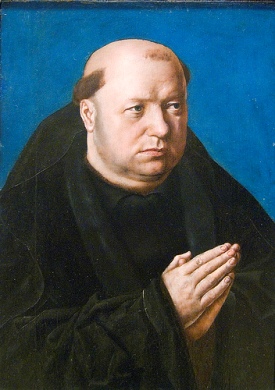Should you happen to be spending Christmas Eve in Provence, France you will need to be hungry, for after dinner there are thirteen desserts on the way.
Le gros souper or big supper has been a traditional part of a Provencer’s Christmas Eve since the Middle Ages. The table is laid with three table cloths and three candlesticks to represent the trinity of the father, son and Holy Spirit. Dinner is always vegetables and fish and after attending midnight mass it’s time for dessert. The table is laid out with a dazzling array of dishes with a minimum of thirteen desserts to represent Jesus and his twelve apostles at the last supper.
A pompe de noel a l’huil d’olive is a light textured leavened cake made with olive oil, yeast, eggs, sugar, orange and lemon zest and orange flower water. This is never cut with a knife but broken apart as the bread was at the last supper, this is said to prevent bankruptcy in the coming year.
Two types of nougat appear on the menu. Black nougat represents evil, it is a hard crunchy candy made with honey and almonds. While the white nougat represents good and is soft and chewy and is made with sugar, eggs, pistachios, honey and almonds.
Four dried fruits and nuts are also on the table to represent the four religious orders of monks and their coloring is similar to the monk’s habits. There are dried figs for the Franciscans, hazelnuts for the Augustinians, raisins for the Dominicans and almonds for the Carmelites.

Then there are the six fruits which appear in various guises. The dates are often stuffed with marzipan, quince may be made into a jelly and fruits may be candied. Seasonal fruit are also served. Verdau is a winter melon that looks similar to a watermelon but it is not as sweet and this is often on the table alongside grapes, oranges, apples or pears. This is all washed down with a vin cuit, literally cooked wine, which is very sweet and carthagene which is a fortified wine.
Nowadays, little by little the people of Provence are beginning to stray away from food representing such ancient symbolism and are adding to the table dishes such as a Yule log. But one tradition still remains strongly, in that everyone in the house absolutely must taste each of the thirteen desserts for good luck in the coming year.
Photos courtesy of wikimedia commons